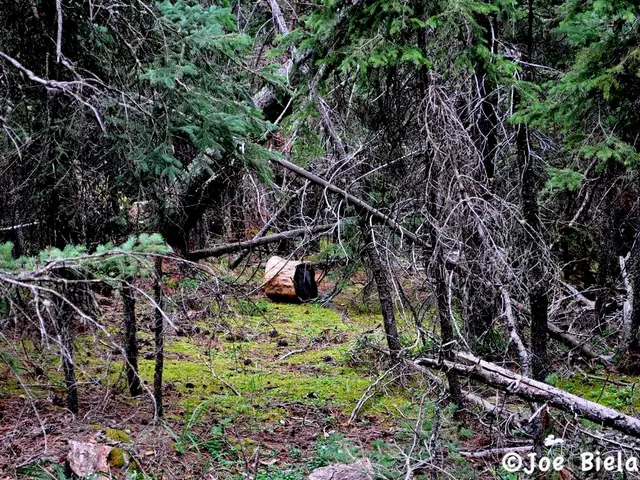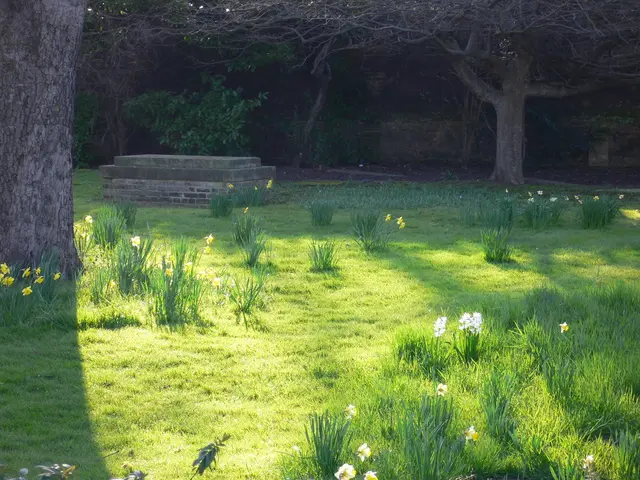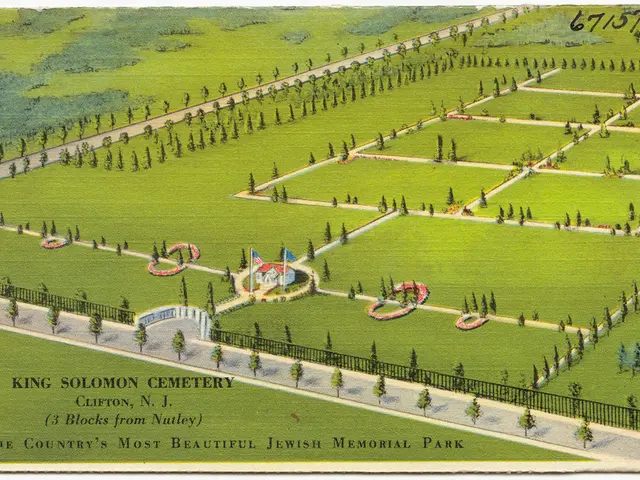Growing Lettuce for Newcomers: A Step-by-Step Guide to Successful Salad Greens Farming
Ready to cultivate your own lettuce for a fresh, homegrown salad? This beginner-friendly guide will walk you through the ins and outs of growing your own lettuce!
Timing Matters
Lettuce is a cool-weather crop that flourishes both in the spring and fall. Young plants can survive frosts under 40 degrees F, but they don't like the heat! Lettuce typically starts bolting, making the leaves bitter when temperatures consistently exceed 80 degrees F. Find out more about bolting here
In the spring, start planting as early as four weeks before your average last frost date. You can opt for transplants, sow seeds directly in the ground, or start seeds indoors. If you choose the indoor route, do so around four weeks before you plan for an outdoor planting.
When prepping for an outdoor planting (whether with transplants or direct sowing), time it so that your lettuce matures before temperatures consistently hit 80-85 degrees. Check the "days to maturity" on your seed packet, then add a couple of weeks and count back. This date should be the latest you'd want to plant lettuce in the spring for a harvest before the heat spoils your greens.
Space Requirements
When cultivating leaf lettuce (not head lettuce), allocate about 4-6 inches of space between each plant. If you plan to harvest the leaves as baby greens, you can plant closer together. Head lettuce requires around 10 inches between each plant.
A clever tip: Direct sow the lettuce seeds and then snip the baby lettuce at the soil level. Allow the remaining plants to mature and spread apart to about 4-6 inches. This technique gives you a continuous harvest of baby greens while allowing the remaining plants to grow fully for a subsequent harvest.
Sunlight and Water
Lettuce requires at least 4 hours of direct sunlight but really benefits from more hours, especially in the early spring. If needed, you can provide shade with a shade cloth or by sheltering them under a taller plant to extend your spring planting a bit longer.
In the spring, focus on not overwatering due to cooler temps and smaller lettuce plants. Too much water can easily kill them. Test the soil by placing your finger an inch down. If the soil is wet, don't water. If it's dry, it's time to water.
Planting Techniques
Lettuce can be grown in three different ways:- Direct seeded into the garden: When the soil temperatures range from 40-75°F- Seed started indoors: Four to six weeks before you plan to plant outside- Purchased as transplants: Often available at your local garden center
Here's a tasty tip for indoor seed starting: Rough up the soil, water it, sprinkle the seeds on top, lightly rake it again, and finally, smooth the soil down to keep the seeds at the surface since they need light to germinate. Keep the soil moist with a spray bottle.
Growing Tips
- Succession sow for a prolonged harvest: Plant seeds every two weeks to enjoy fresh greens throughout the season.
- Add mulch when plants are established: Mulch helps with water retention and prevents soil from drying out.
- Place them under a vertical crop: This offers shade during the hot summer months.
- Amend raised beds and ground beds with compost: Adding organic matter improves soil fertility for better growth.
- Container Gardening: Choose a shallow container (at least 6-8 inches deep) with good drainage. Fill it with a high-quality potting mix containing added compost.
- Supplemental Nutrients: A supplemental dose of liquid nitrogen is beneficial but not necessary for container gardening. The GreenStalk Vertical Leaf Planter, with my affiliate code JILL10, is an excellent choice for growing lettuce in containers[1][2].
Harvesting Techniques
You can harvest lettuce as baby greens or head lettuce. If you're harvesting head lettuce, simply pluck the leaves from the outside, working your way inwards. Alternatively, you can use the "one-cut" method: cut the head right at the base, and it should regrow.
Type Selection
For the most part, head lettuce is tough to grow for beginners, so focus on leaf lettuce. Enjoy your favorite lettuce varieties, and if you'd like to challenge yourself, try replacing your favorite iceberg lettuce with a crunchy leaf lettuce variety.
If you'd like to delve deeper into the various lettuce options, check out episode #294 from the "The Beginners Garden Podcast." You can find it wherever you listen to podcasts[3].
Don't forget to check out my free garden resources for more tips and tricks to cultivate a successful garden. Happy growing!
[1] Enrichment Data: For propagation, it's ideal to start seeds indoors six to eight weeks before your average last frost date and transplant the seedlings. A temperature between 70°F and 75°F ensures rapid germination.
[2] Enrichment Data: Direct seeding in soil temperatures between 40-75°F results in the best germination. Ensure the seed is at least 1/4-inch deep and spaced approximately 1 inch apart.
[3] Enrichment Data: Episode #294 of the "The Beginners Garden Podcast" explains the differences between types of lettuce, preferred varieties, and additional care tips for home gardeners.
- For a more in-depth exploration of various lettuce types, listen to episode #294 of the 'The Beginners Garden Podcast'. This podcast episode will delve into the differences between types of lettuce, preferred varieties, and additional care tips for home gardeners.
- The 'garden podcast' also offers insights on various gardening topics like seed starting. To gather more information on seed starting, seedling care, and germination techniques, you can listen to relevant episodes from the 'The Beginners Garden Podcast'.
- If you're looking for garden-related printables, helpful tips, and advice to cultivate a successful home-and-garden lifestyle, check out my free garden resources. These printables, guides, and articles will provide you with expert advice and tips on gardening, from seed starting to harvesting and beyond.








